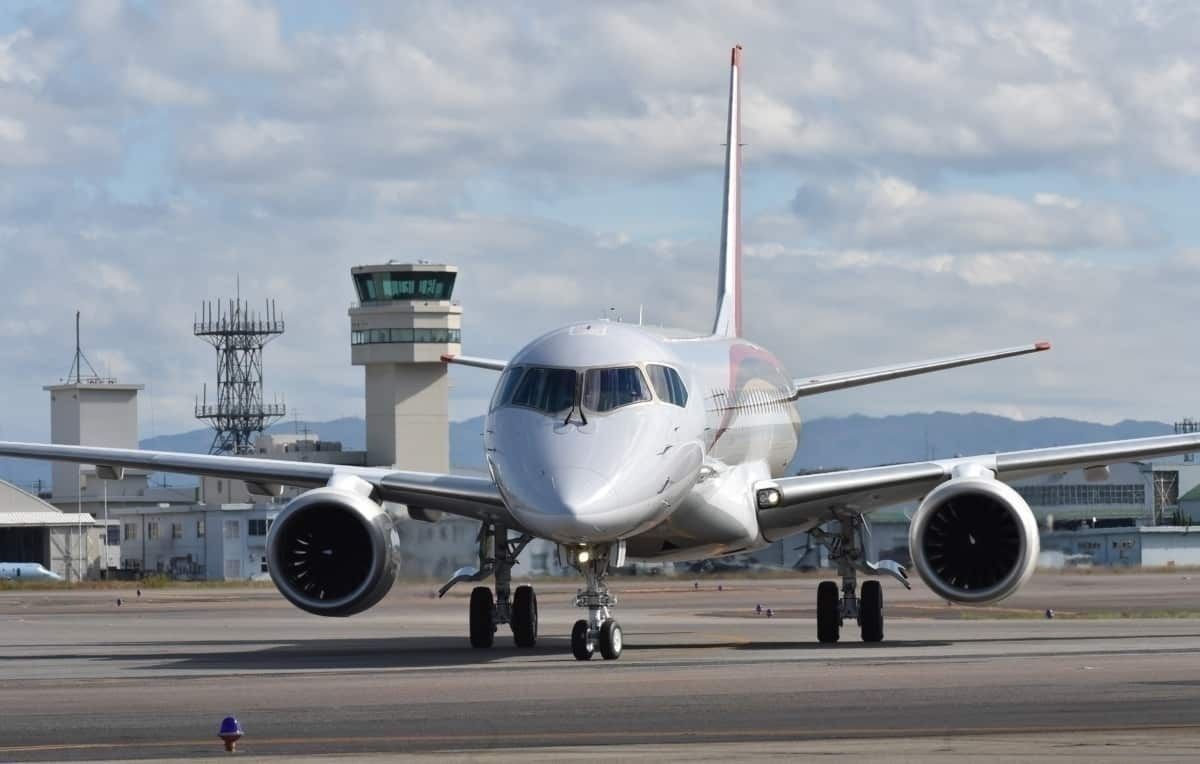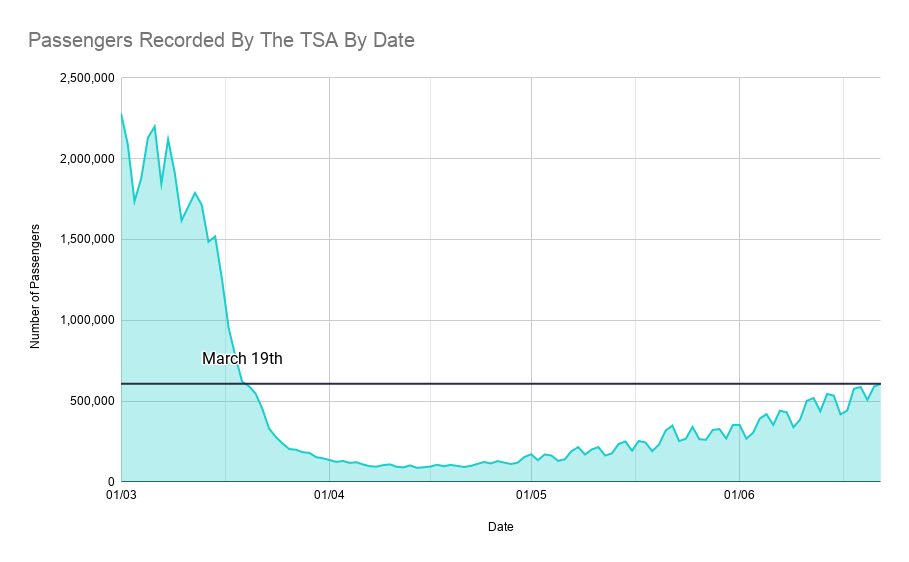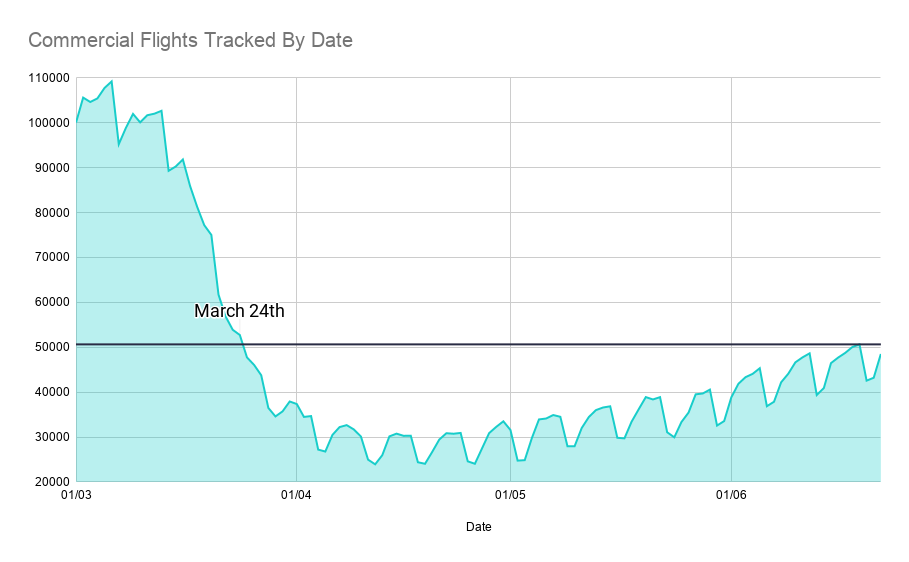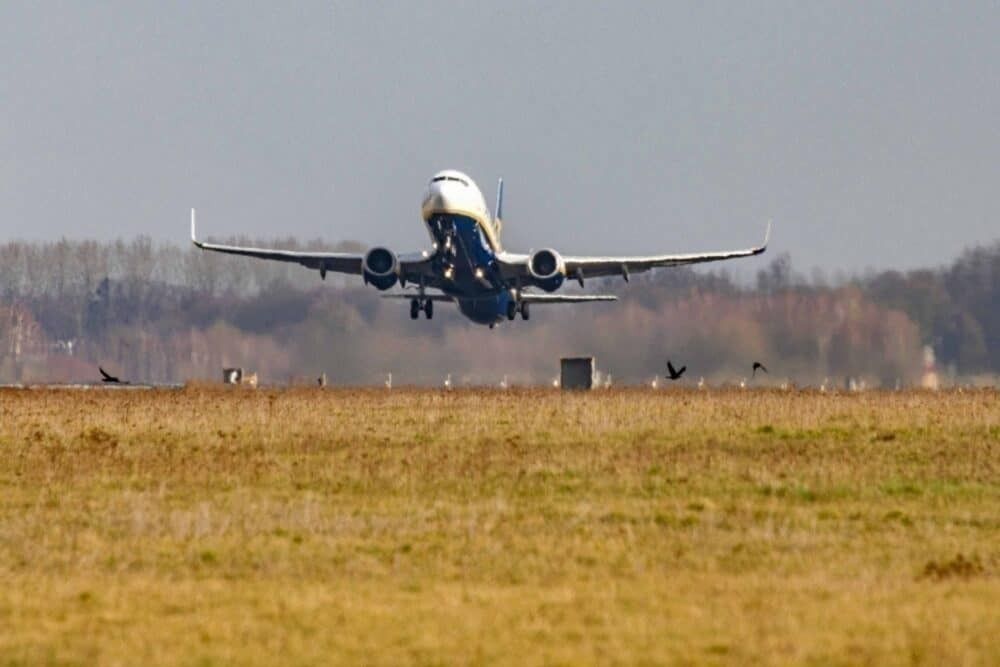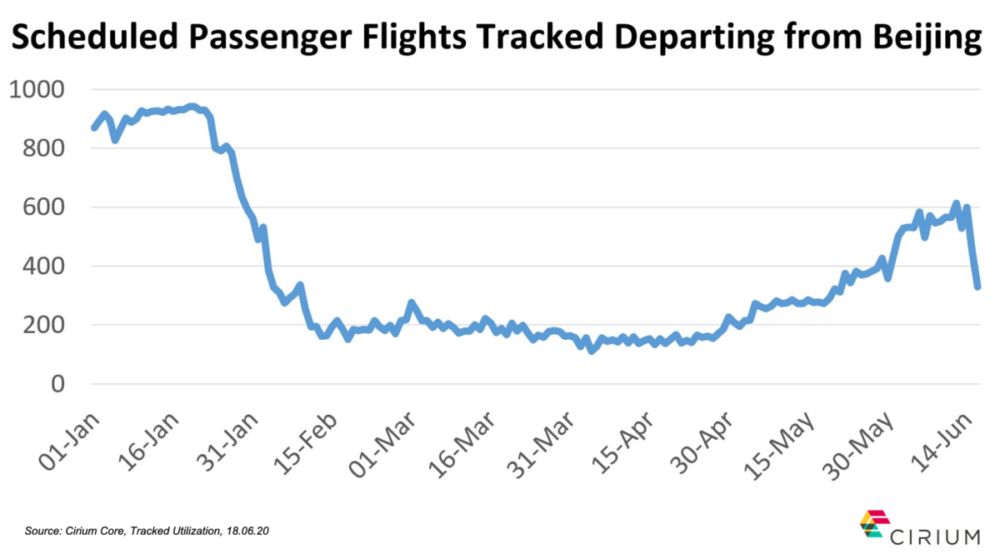The number of passengers passing through TSA checkpoints passed 600,000 for the first time since March today. The milestone marks the latest in a series of stepping stones back to a full recovery.
Across the board, we're seeing figures that indicate the airline industry is recovering, be it from airlines, airports, or other sources of data. However, while the fall was particularly sharp, the recovery is proving to be a much slower climb. Many airlines and aviation groups are currently estimating that we won't return to the pre-crisis demand level until 2023, or even 2024 in a worst-case scenario. Let's look at the numbers.
Stay informed: Sign up for our daily aviation news digest.
600,000 passengers
Yesterday over 600,000 passengers passed through TSA checkpoints across the United States. The increased figure is a record high since the industry's recovery began. Indeed, it is the highest passenger figure to be recorded by the TSA since March 19th. Just ten days ago, we reported that the number had passed half a million.
607,540 passengers were recorded yesterday, an increase of over half a million since the darkest day of the crisis when just 87,534 passengers were recorded on April 14th. However, given the steep drop in passengers recorded in late March, it will be quite a long way until the next milestones are unlocked. On March 18th, 779,631 passengers were recorded.
A record number of commercial flights too
As we have been with all of our recovery analysis pieces, we also dug through the latest data from FlightRadar24.com. The popular flight tracking website has been listing the number of commercial flights that have been tracked by its software each day.
Last Friday, the software tracked a mammoth 50,656 flights, almost half of the pre-crisis figures that it was recording. While the daily number of flights seems to follow a weekly cycle with peaks and troughs, we can also look at the average of the past seven days. This showed a steady increase since mid-April when the lowest flight figures were also recorded. As of now, that stands at 47,348.
What's next for the industry?
So what's next for the aviation industry. We should mostly expect that these numbers keep rising if things continue to go to plan. After all, airlines are slowly ramping up their flight schedules to cope with demand.
For example, Ryanair is due to start operating around 1,000 flights per day from July 1st. While this won't impact TSA numbers, these flights won't be empty. As such, global passenger figures, as well as the number of tracked commercial flights, should pop up. And Ryanair is just one of many airlines.
However, there remains the possibility that a second wave of the current pandemic could undo some, if not all, of the progress that is being made. Cirium has identified data that shows that in Beijing, a sharp drop in flights has occurred where a second outbreak of the disease is suspected.
What do you think is next for the aviation industry? Let us know your thoughts in the comments!

